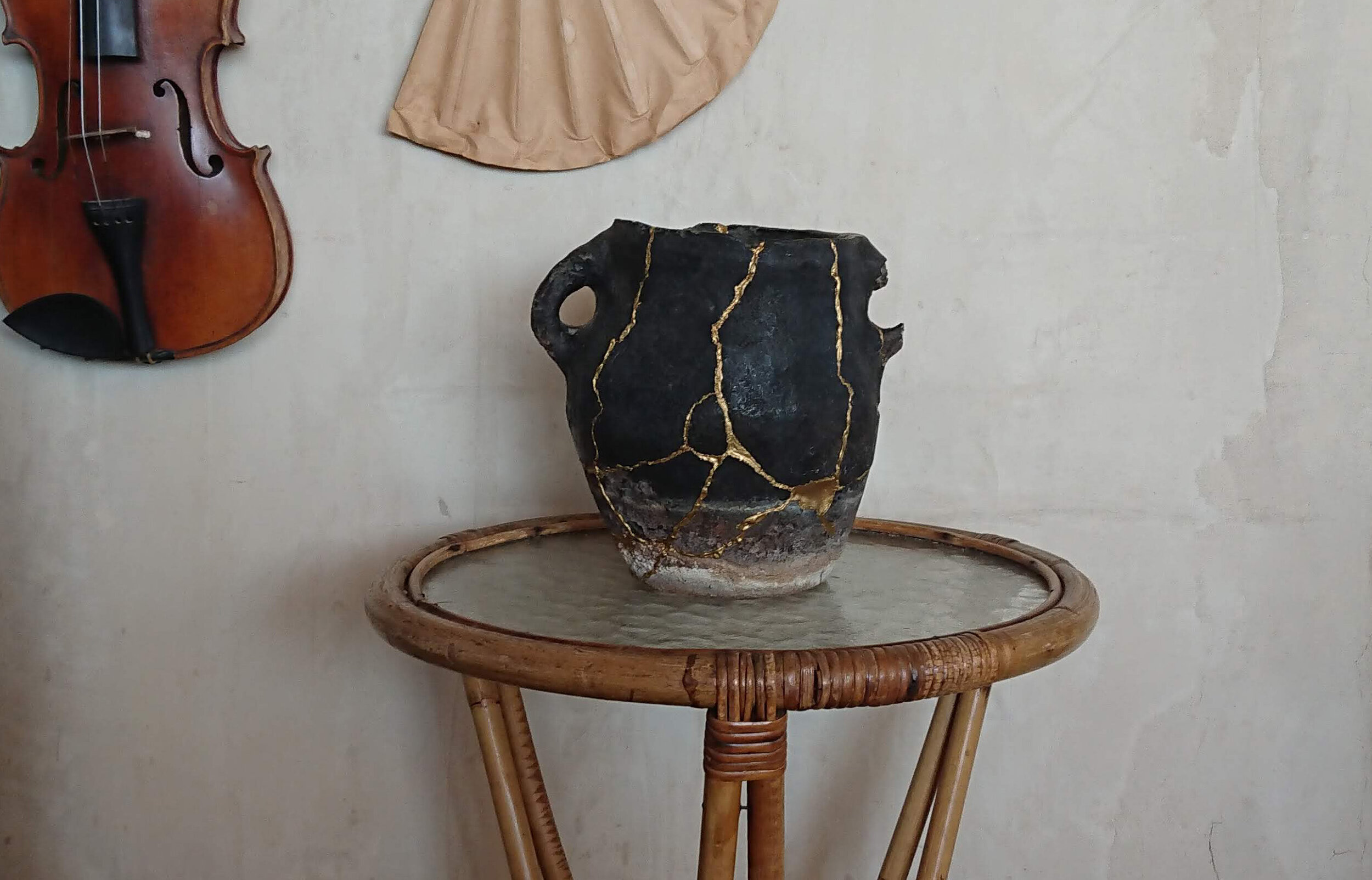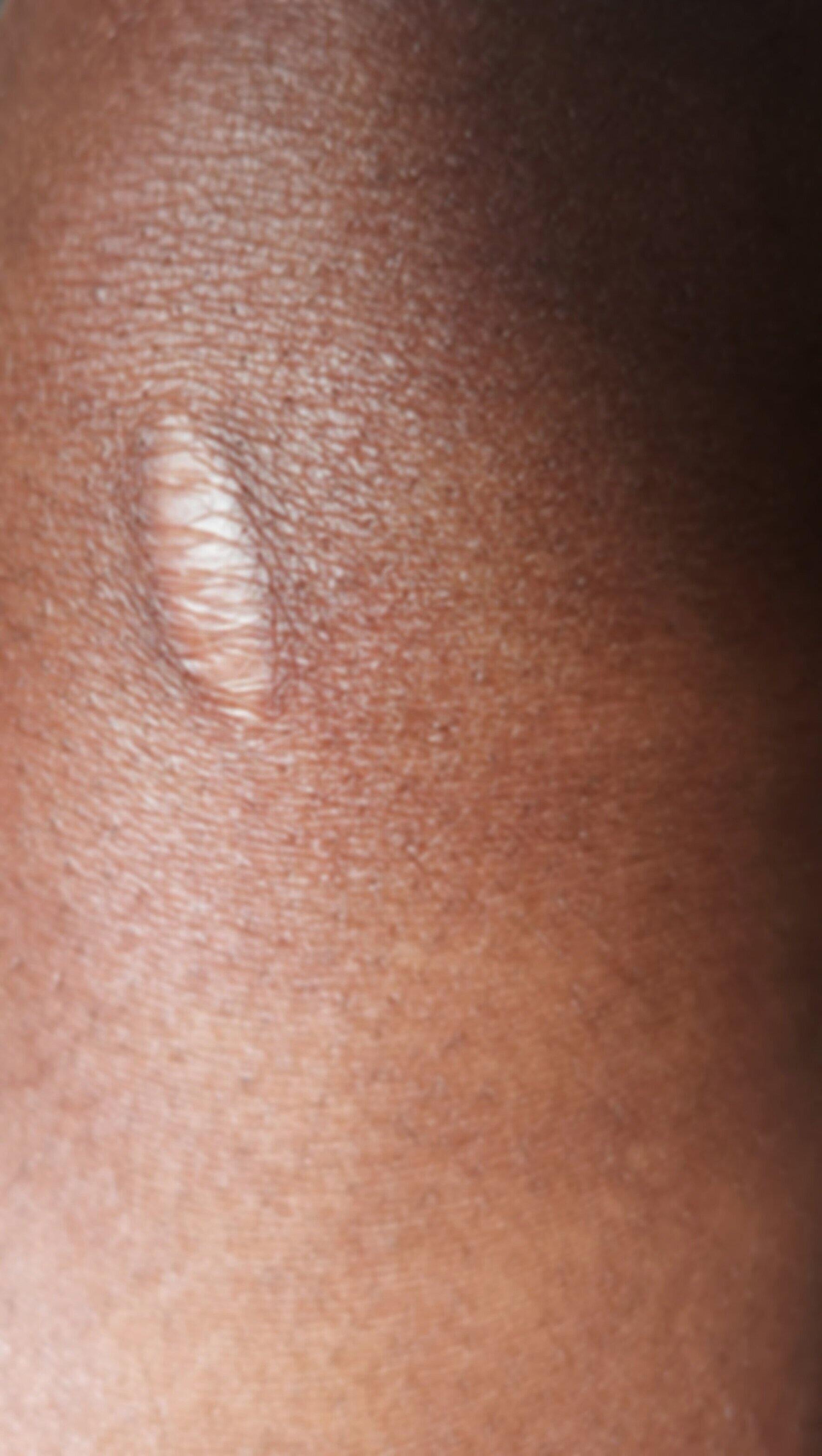SCARS AND MANUAL THERAPY
FIX MASSAGE THERAPIST, CÉCILE DUMONT ON HOW SOFT TISSUE RELEASE CAN ASSIST HEALING.
The skin is often described as the outer layer of the brain – it is the direct interface between our body and our environment. It defines the limits of our physical self, protects us in many ways and contains various types of nerve endings that send information to our brain. Anything that happens to it – from touch to musculoskeletal trauma, a wound, a burn – sends a message to the brain that interprets it and triggers a response accordingly. The quality of that contact will define the nature of the reaction. When the skin and the tissues it protects (muscles, tendons, ligaments, fascia and nerves) get damaged, the primary bodily response is an inflammatory process triggering the formation of a scar, both of which are necessary for healing. A scar can go much deeper than the superficial layers of skin depending on what caused its formation and some surgeries can also lead to internal scars.
Also referred to as scar tissue or cicatrix, a scar is the development of collagen fibres at the site of an injury to mend the damaged tissues. There exist different types of scars based on their cause, nature and where they are in the body but what they all have in common is that they won’t be as strong as the tissues they were created to replace, thus often creating limitation in movements, local restrictions and discomfort or pain. Manual therapy can help scar tissues to regain more mobility, therefore, easing off the pain and bringing greater comfort.
Some scars can be treated as early as 2 hours after the event, some require a couple of years before they can be released, but all scars can be worked on at some point, even at many later stages in life. The overall NHS guideline to work on the scar itself would be 3 weeks for minor surgical scars and 6 weeks to 3 months in the case of a C section. However, we can start releasing around the scar tissues before that to make room for healing. An essential guideline comes from the client themselves – are they comfortable placing their hand on their scar? Do they feel ready for this type of work?
In the acute phase of the inflammatory response and production of scar tissues, broad and gentle techniques can be used around the site of injury to reduce oedema. Past this acute stage, fascial techniques – direct or indirect depending on the cause of the scar – can progressively be introduced to great results. Because scar tissues are rarely present without an element of emotional trauma, it is best to start with gentle progressive release before getting into anything deep, direct and potentially more intense.
The expression Listening Touch (familiar to all body workers) applies particularly well to the sensitive and delicate nature of scar tissue release – we mentioned above how the skin is the interface between our physical self and our environment, it is also an interface between our emotional self and our surroundings. Different scars will come with different stories and each client will have their own unique relationship to their scars.
When releasing scar tissues – as with all type of bodywork – it is essential for client and therapist to work with mutual trust, respect and efficient communication. The body has been through a trauma and this experience will have left traces whether we are conscious of it or not. We don’t want to take the body through it again so we work together as a team, discovering as we go how to best bring release and relief. It is absolutely possible to do some work through clothing/towel/sheet/blanket and with the interconnected nature of the fascia, external fascial release can lead to internal scar tissue release (in the case of laparoscopic surgery, radiotherapy or electrical burns for example).

It seems important to emphasise here how positive scars intrinsically are – they are an essential part of the healing process and most of the time a positive outgrowth that allows our body to regain its wholeness. If scar release is not about aesthetics but functionality – regaining movement and comfort as well as easing off potential pain – it is also about perception. Scars are too often still seen as something negative and potentially something to hide, but a shift in perception is essential – they are a symbol of our body overcoming trauma, of our resilience as human beings, of our extraordinary capacity to strive. In the Japanese culture, Kintsugi is the art of mending broken pottery with gold, silver or platinum, making the breakage a part of its history rather than something to hide. What if we started looking at our scars in this light?

“Children show scars like medals. Lovers use them as a secret to reveal. A scar is what happens when the word is made flesh.
— Leonard Cohen
